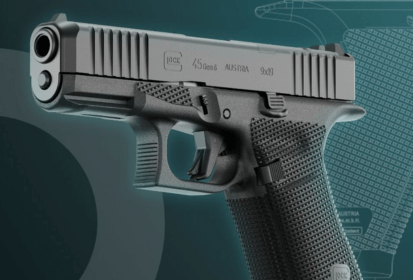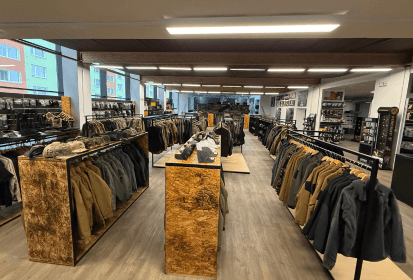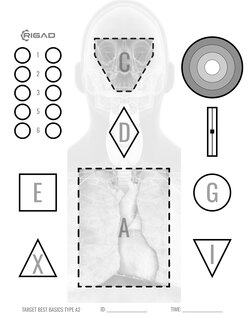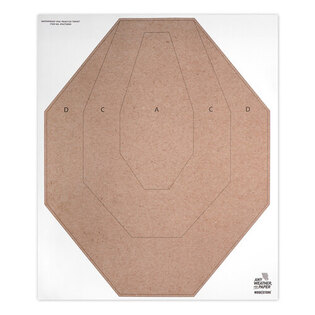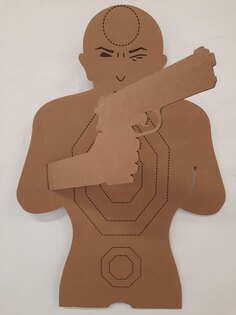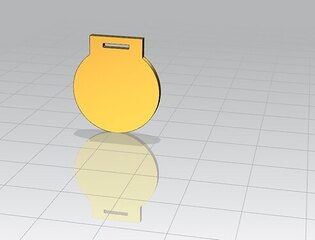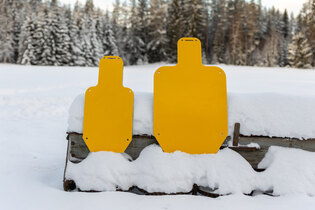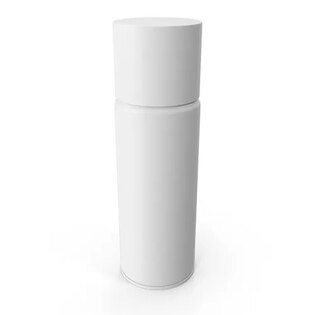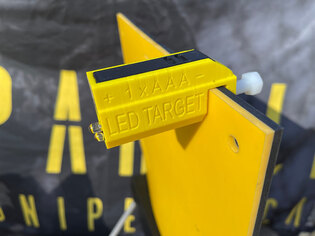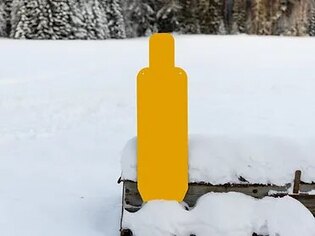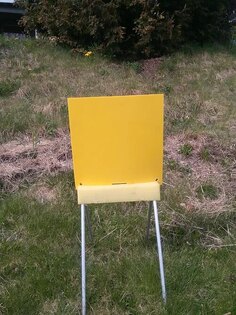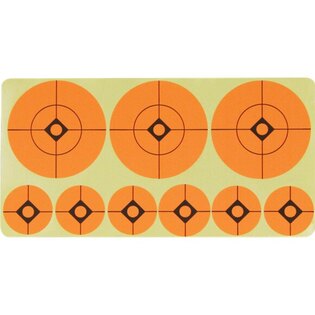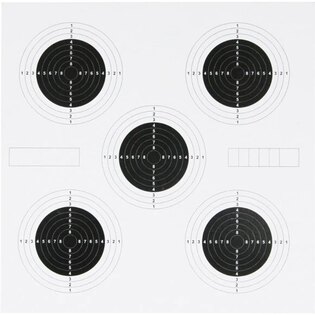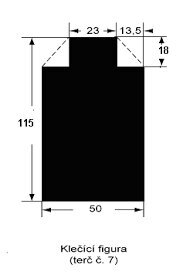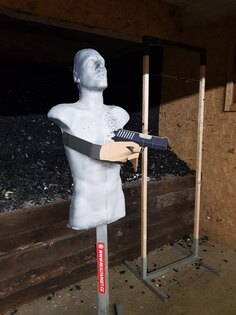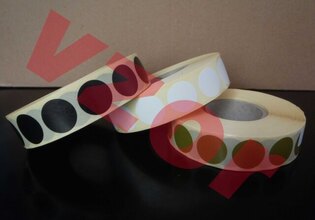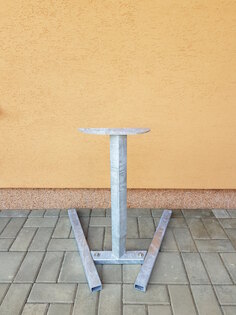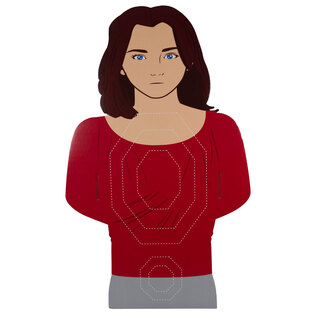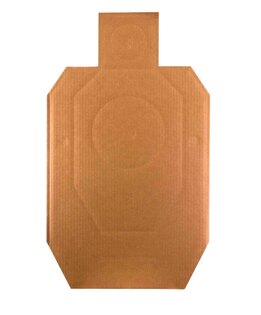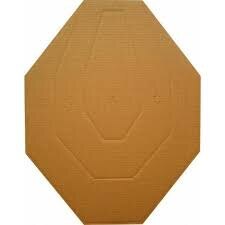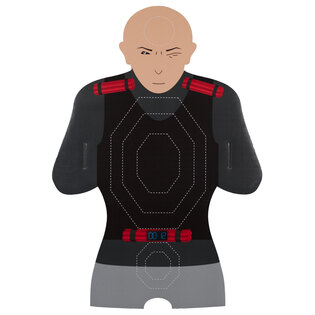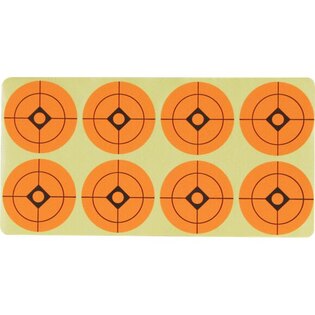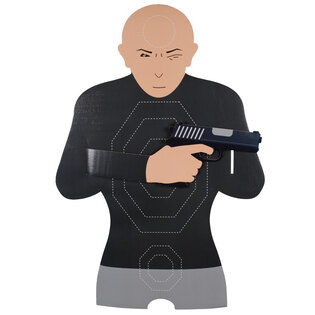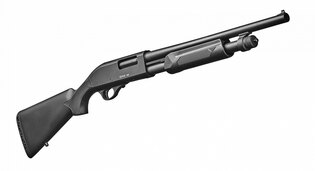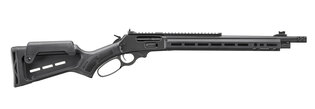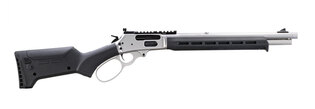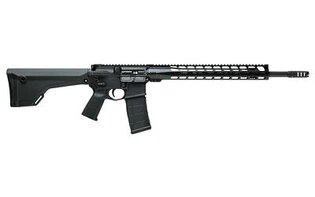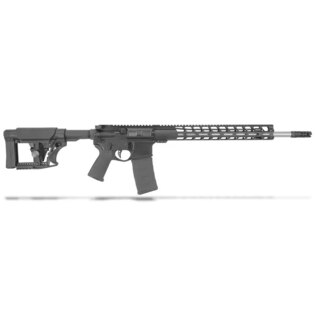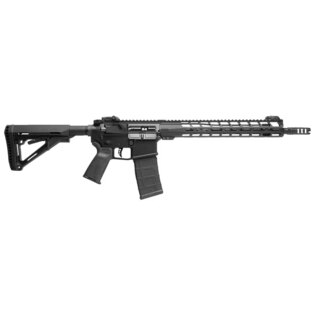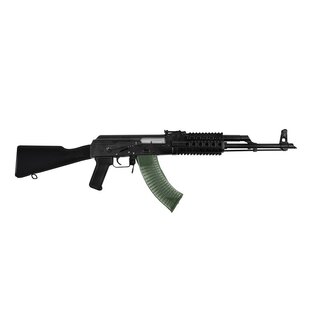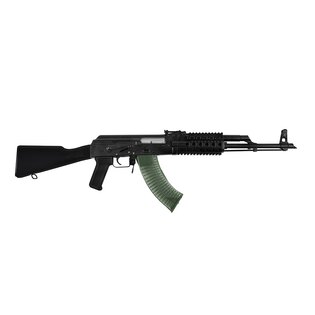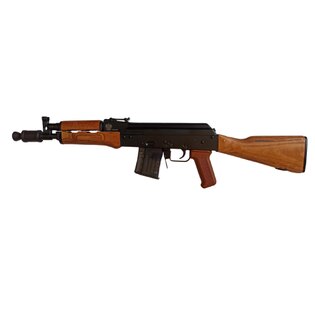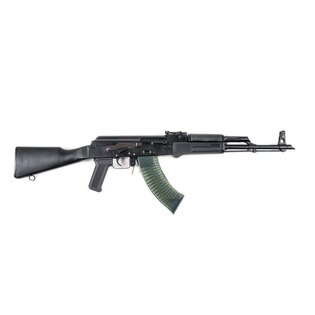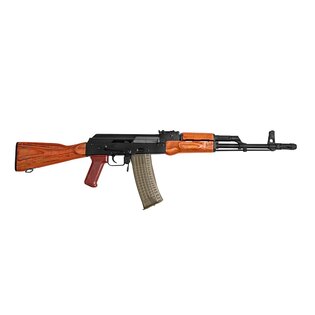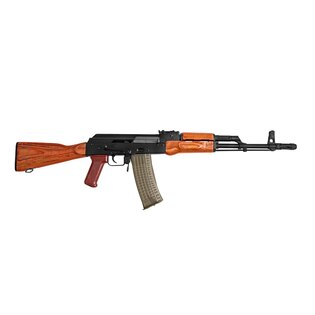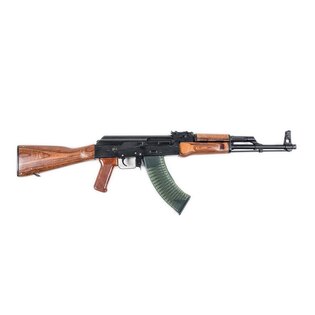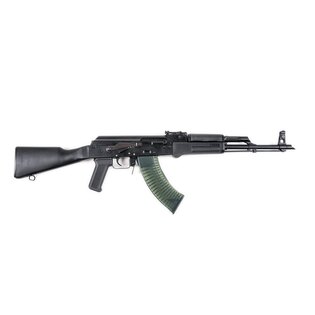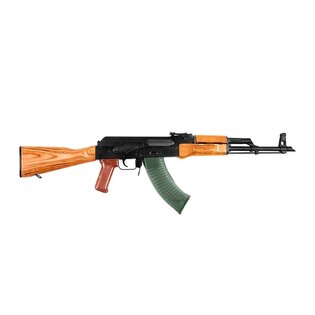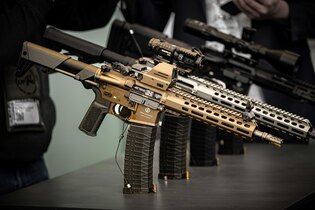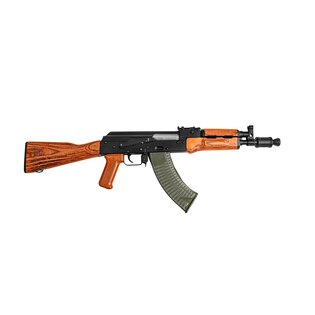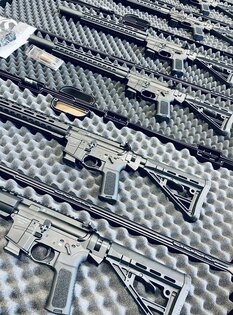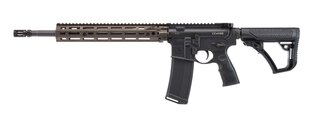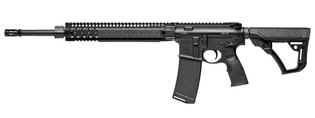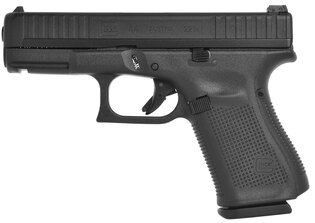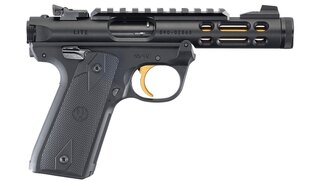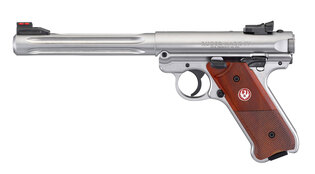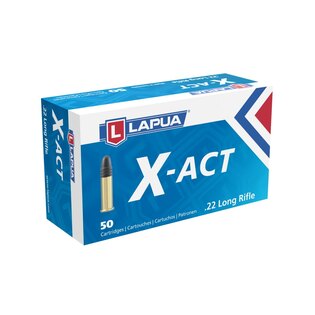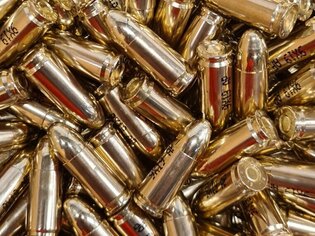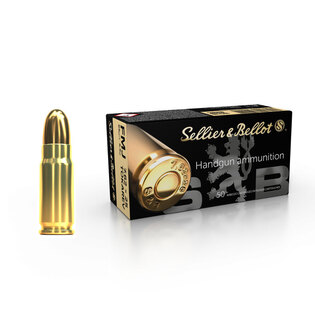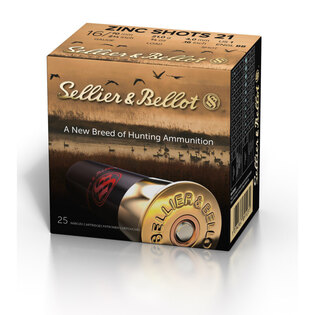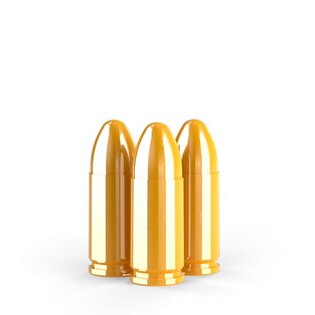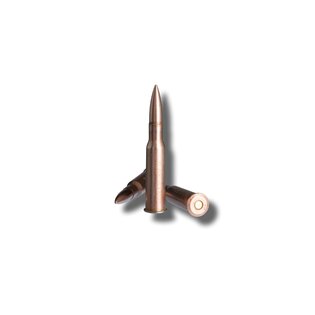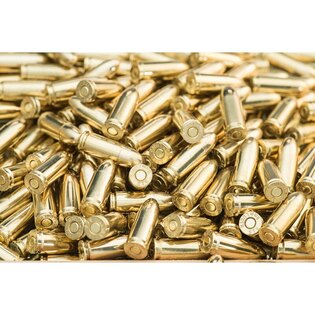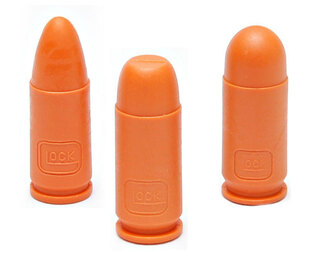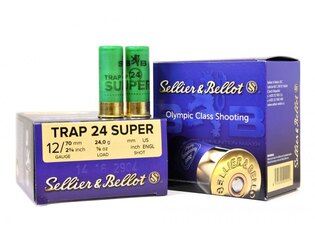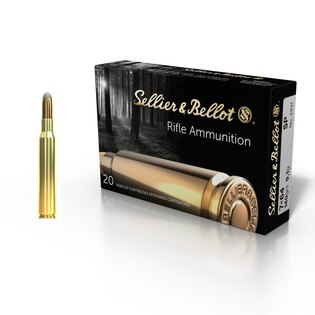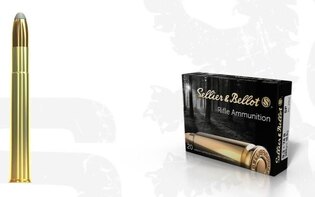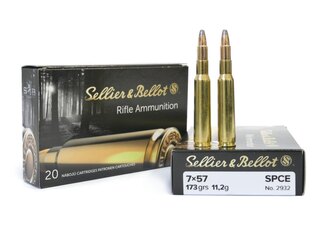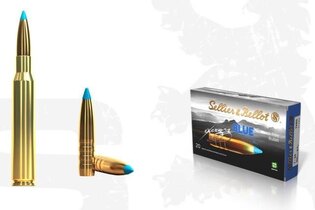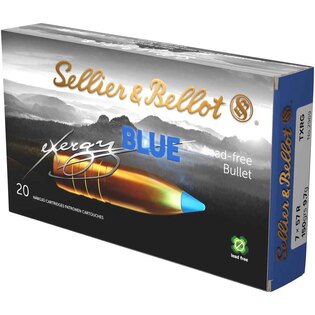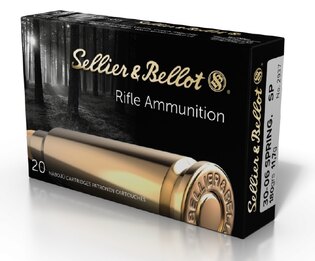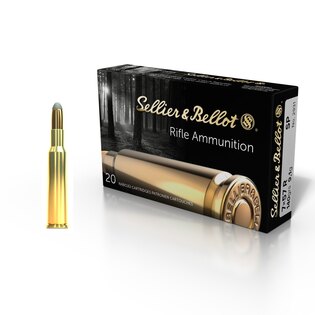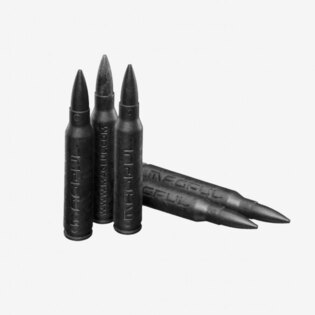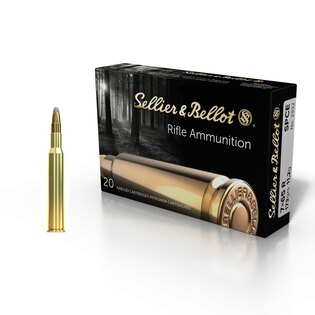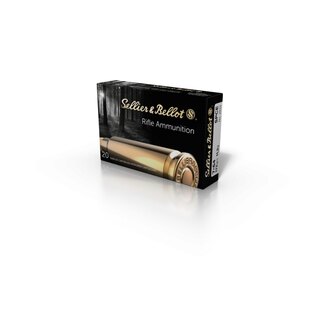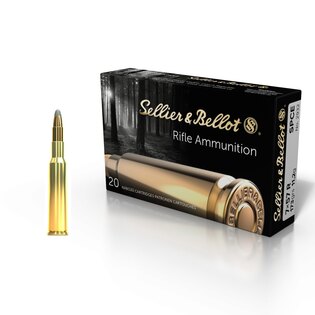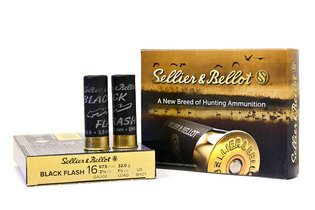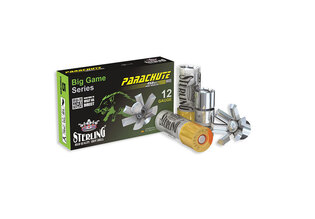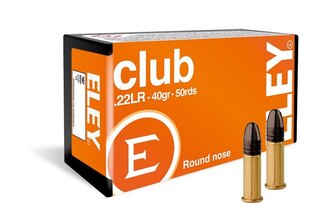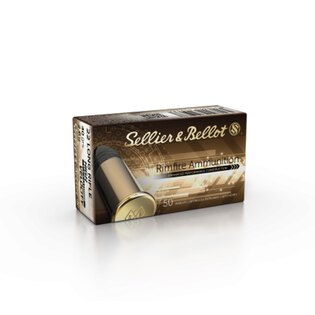Shooting competition - how to perform ?
Technique of practical shooting and shooting competitions. How to navigate in this topic and how to be prepared ? You will find more in the following article.
Introduction
As owners of firearms licenses and firearms, you certainly visit the shooting range, either regularly or irregularly. After some time, however, you may get bored with 'static' shooting, or you have nowhere to move. So what´s next ? One possibility is to use techniques of practical shooting at some competitions, where you will improve your weapon control and shooting, one might say, under pressure. At competitions you don't have much time to think and you use intuition, reflexes and gained experience. The more competitions you complete, the more experience you gain and the better you can control your weapon in different situations.
What competitions you can visit, how to prepare for them and what you can expect ? We will try to answer these questions in this article.
Practical shooting
Practical shooting is a very vast field. As far as competitions, we are practically talking about three types and established rules.
- IPSC ( International Practical Shooting Confederation)
- IDPA ( International Defensive Pistol Association )
- LOS (National Association)
Below, we´ll focus little more on each of these, including rules, differences, etc.
Practical shooting, i.e. participation in competitions, is practically usable even in the case of preparation for the profession.
IPSC Practical Shooting
This type of shooting competition is one of the fastest and dynamic shooting sports.
This competition blends accuracy, power, and speed with a weapon in the minimum caliber of 9mm.
Multiple targets that are spaced at different distances are part of this competition. Targets placed in this way are meant to 'simulate' real situations and distances. There are moving targets, targets that react when hit, penalty targets, or even partially covered targets, obstacles, movement, competitive strategies, and other techniques.
You will also encounter objects that are not intended for intervention (i.e. they represent non-participating persons, objects in real situations).
At some stations, the sequence of hitting targets, a specific route of movement or shooting with the left/right hand is specifically determined.
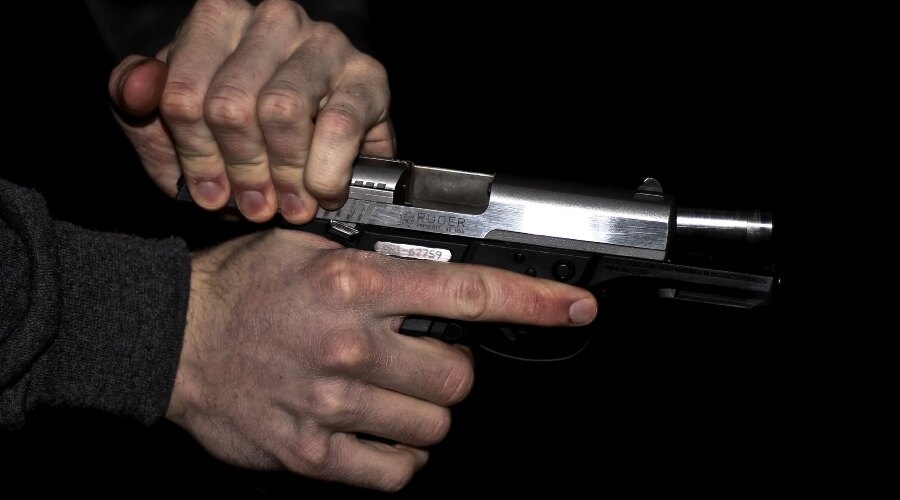
Therefore, each competitor must solve different situations every time and quickly evaluate where to move, in what order to hit the targets, how quickly to move in relation to the time and accurancy of the shooting.
Tactics for this competition also depend on the weapon used (magazine capacity).
All with maximum emphasis on the safety of yourself and your surroundings.
In this competition, it is strictly defined where the weapon can be handled (loaded/unloaded) and where and how to handle the ammunition.
Any infringement of these rules usually results in disqualification and expulsion of the participant from the competition.
IPSC Rules
Let´s see the basic rules of this competition.
1. The competition is divided according to the type of weapon used, where it is divided into individual "divisions".
2. Competitions are held with three types of weapons.
3. The minimum caliber is 9×19 mm for all divisions and the max caliber is not limited.
Competitions in handguns are divided into divisions of pistols and revolvers, specifically according to the type of weapon and the modification of the weapon.
- Division Standard - allows any handgun that fits inside the IPSC box, and most modifications are permitted (except optical sights or compensators). The IPSC box has internal dimensions of 225 x 150 x 45 mm.
- Division Open - any weapons can be used here without any restrictions. These are individually modified weapons or some specials.
- Divize Modified - weapons are used as in the Open Division, however with the difference that there is a size restriction like in the Standard Division.
- Division Production - division allows very few modifications and is limited to typical "off the shelf" service pistols which has to be explicitly approved and listed on the IPSC Production Division List.
- Division Revolver Standard - category for revolvers. Only factory made revolvers without modifications.
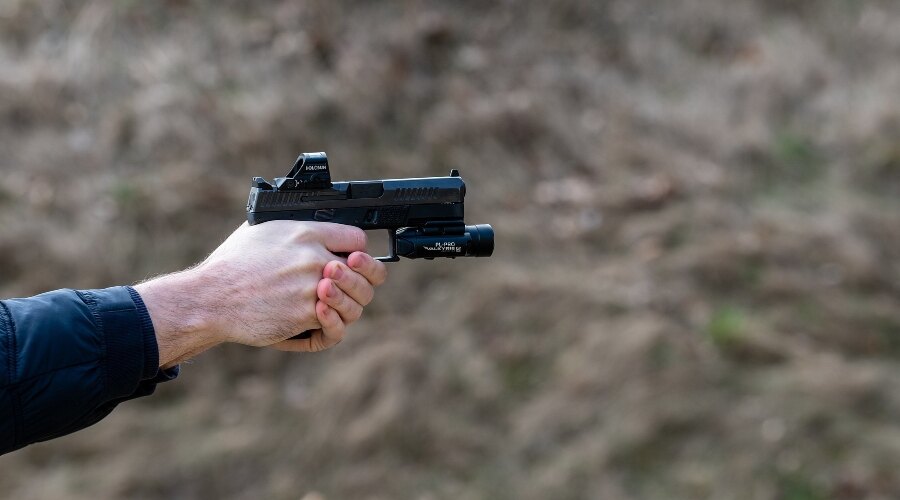
At competitions, you will gain new skills in handling a weapon.
The second weapon used in the competition is the shotgun. As with handguns, the competition is divided into divisions.
1. Division Standard - The shotgun model has to be factory produced of at least 500 units. The division is limited to iron sights and internal tube magazines, and muzzle brakes are not allowed.
2. Division Open - All types of shotguns including modifications.
3. Division Modified - Practically identical to the Standard Division, only with the difference that the maximum overall length of the shotgun is 1320 mm.
4. Divize Standard Manual - is the only shotgun division limited to manual actions. Limited to iron sights, internal tube magazines, and no muzzle brakes, the shotgun model has to be factory produced.
The last category in this competition is the rifle. Here, the competittion is divided into four divisions.
First two divisions are Division Semi-Auto Open and Semi-Auto Standard. The difference between the two is in the use of optical sights, bipods, and the limitation of the dimensions of the compensators.
The other two divisions are manual action rifles - Division Manual Action Open and Division Manual Action Standard. The difference between them is similar to the previous two divisions.
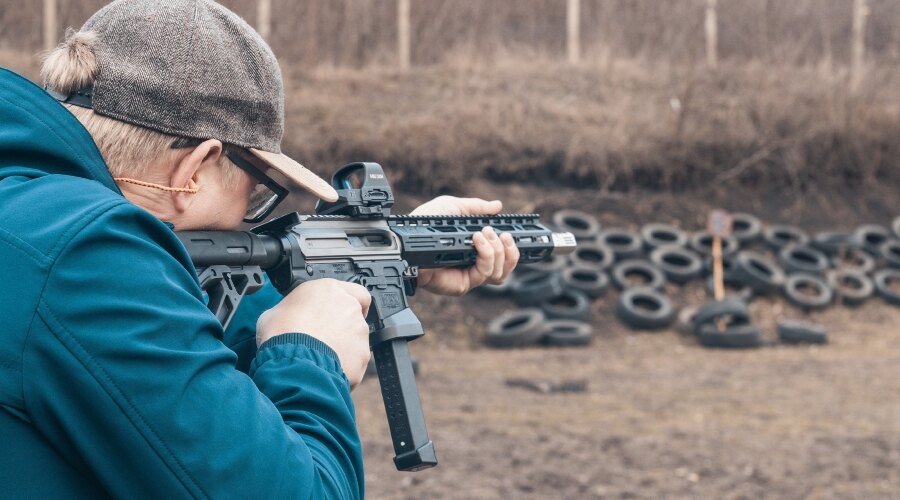
In all three types/categories, both paper and steel targets are used within the competition. They differ in size, shape and number of scoring zones.
There is not much point in detailing the other rules, if this basic description appeals to you, you will certainly delve more into the topic.
However, what needs to be said is that the condition of participation in the competition is the ownership of the appropriate equipment according to the rules of the competition and the given weapon for a specific type of division. You can also have a backup weapon (again meeting the conditions of the given division), which can be used in case of irreparable damage to the primary weapon.
IDPA Defensive Shooting
Competitions according to IPSC are highly popular, however, the original idea of replacing real situations with shooting exercises does not correspond very well. Nowadays, to solve real world self-defense scenarios is provided by International Defensive Pistol Association - IDPA.
However, even in this case, it is primarily a "sport" whose purpose is to develop work with weapons and increase practical skills with their use. It can not be compared to professional practice with a weapon.
IDPA has created a shooting sport based on defensive pistol techniques to solve simulated "real world" self-defense scenarios. Shooters competing in defensive pistol events are required to use practical handguns and holsters that are deemed suitable for self-defense use and concealment garment that can conceal the handgun from view of bystanders.
Rules of Defensive Shooting - AOS ČR
Because IDPA is an international organization of defensive shooting, the rules within the Czech Republic have been adapted to local conditions.
These rules and competitions are covered by the AOS ČR. AOS allow the use of only such equipment that is suitable for everyday concealed carry of a weapon, a weapon for self-defense, or for the performance of duty.
Even here the competition is divided into divisions :
- Division SSP - standard service pistol
In this division, participants use factory produced pistols such as CZ 75, Glock, Beretta, Walther. Barrel length is max 127 mm. A factory produced weapon is considered to be one that was produced in a series of at least 2000 units.
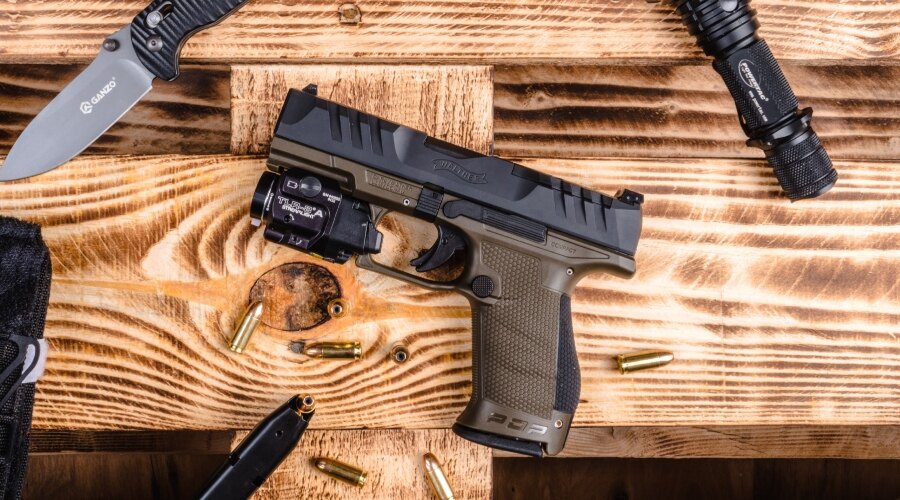
Pistol Walther
- Division SSR - standard service revolver
For participants with six-shot and multi-shot service revolvers. Barrel length 5 inches max. Once again, the condition is at least series of at least 2000 units.
- Division BUG - backup weapon
Division for participants with backup weapon (revolver or pistol) with the min. cal. 22 and a maximum barrel length of 3 inches. The AOS targets are either paper or steel targets.
AOS competitions
IDPA does not have regional or national organizations. AOS ČR is therefore an independent entity based on the principles of IDPA. For this reason, competitions are organized by individual member clubs. Competitions are organized under the AOS and are governed only by the rules of AOS ČR.
Therea are two types of competitions :
1. Classification competitions for AOS members only
2. Open competition for gun license holders
Shooters are divided into categories according to their level:
- Master 85-100 %
- Expert 70-84,9%
- Sharpshooter 55-69,9%
- Marksman 40-54,9%
- Novice less than 40%
LOS Defensive Shooting
LOS was established with the aim of improving the capabilities and skills of handling a weapon in crisis situations. For all gun license holders. LOS was founded by the civic association LEX.
LOS competitions are a sporting equivalent of real defensive shooting. The competition must be a realistic simulation of real defensive situations. Weapons and equipment must be suitable for concealed carry.
The basic equipment of the participants are weapons for concealed carry, and any modifications to the weapons that would lead to favoring the participant are also prohibited. The same rules apply to ammunition and weapon holsters. Holster must cover the entire trigger guard.
The location of the magazines is not restricted in any way and the participant can have them concealed anywhere.
In case of doubt about the safety of the equipment, the participant is obliged to undergo a safety test on the instructions of the competition director. This is performed by repeatedly jumping from a height of 0.5 meters onto a fixed mat, followed by a sharp turn around the body axis. The final decision on the competitor's disputed equipment is up to to the competition director and can not be questioned or contradicted in any way.
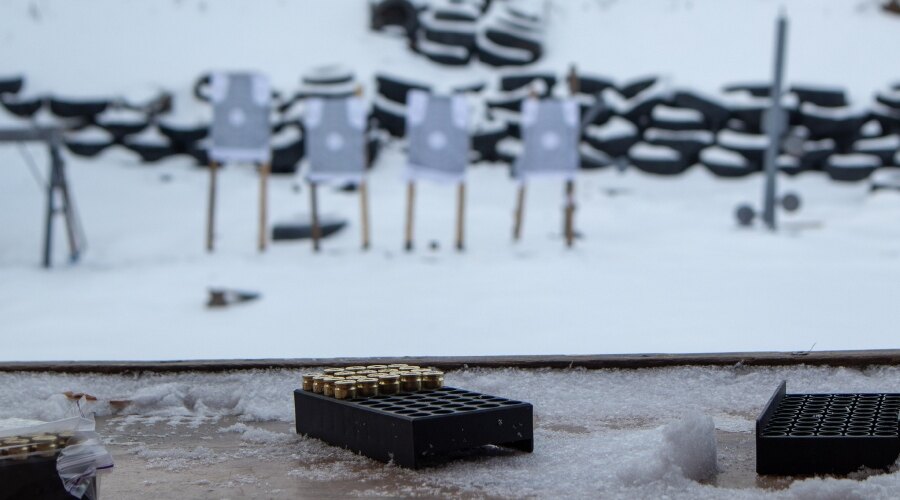
According to the type of weapon, the competition is divided into four divisions:
1. Division Pistol
Divisions using pistols of caliber greater than 6.35 Browning. The weapon must be carried concealed and modifications do not preclude concealed carry. Modifications leading to higher reliability or durability of the weapon are allowed, as well as adjustments of safety mechanisms that facilitate their operation. Adjustments of the type of anatomical stocks, red dot sights or other optical sights, etc. are prohibited.
2. Division Revolver
Five and multi-sho revolvers of calibers higher than cal.22 WMR are allowed. Again, the weapon must be usable for concealed carry and modifications must allow that. Other adjustments are the same as in the Division Pistol.
3. Backup Pistol Division
Pistol caliber at least cal. 22 LR and and maximum barrel length of 84 mm. Concealed carry again required. Modifications are the same as with the previous divisions.
4. Backup Revolver Division
A five and multi-shot revolver with a caliber of at least cal. 22 LR with a maximum barrel length of 68 mm. Concealed carry again required. Modifications are the same as with the previous divisions.
For all named divisions, weapon modifications that reduce their safety are prohibited.
Pistol and Revolver divisions are further divided into competitive groups - Civilian and Armed Forces.
- In the Civilian group, the participant is required to use normal clothing, a concealed carry weapon and equipment.
- Only members of Armed Forces are allowed to compete in the group Armed Forces.
LOS competitions also use both paper and steel targets. It is possible to use covers during the competition. If the bullet breaks through the cover and hits the target, it is not counted as a valid hit.
LOS competitions
- LOS Club Competition - this is a basic defensive shooting competition. The only condition of the competition is compliance with its rules. The results of these competitions are not part of the LOS Cup and are not even qualifying for the Czech Championship.
- LOS Cup Competition - is a sub-competition of the LOS Cup and the results are qualifying for the Czech Championship.
- LOS Cup - consists of all LOS Cup competitions held in a given year.
- LOS Czech Championship - it is the LOS top competition. Qualification for the Czech Championship is based on the ranking of the competitors in the LOS Cup.
Similar to AOS defensive shooting, there is also a classification of individual competitors. They are then divided into the different levels.
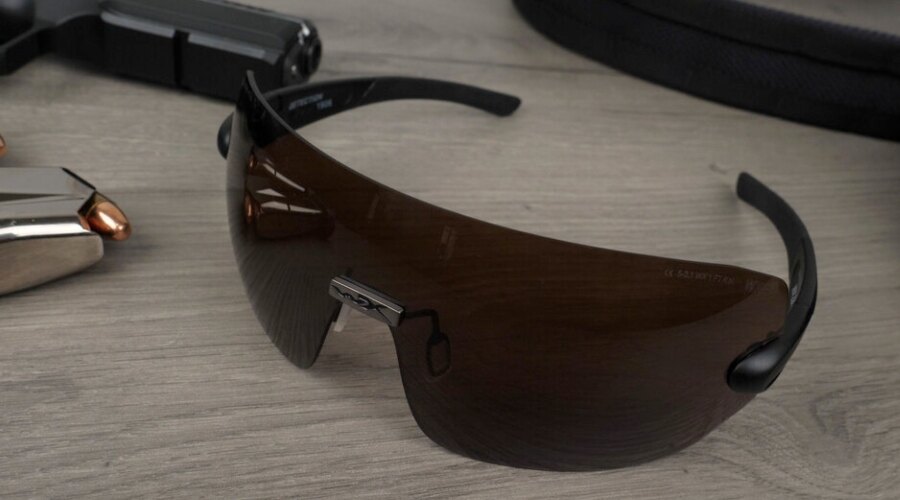
Don't forget the appropriate protective equipment when participating in the competition.
The classification is given by a percentage ratio:
- Master 85-100%
- Expert 70-84,99%
- Sharpshooter 55-69,99%
- Marksman 40-54,99%
- Novice less than 40%
Participating in LOS competitions is primarily the joy of winning and fun, so don't expect exorbitant prizes. These are rather symbolic prizes such as medals, diplomas, badges, etc.
Conclusion
Knowing about individual competitions and categories is not easy for a beginner. If you are interested, we recommend that you join some online forum for further consultation. Of course, in some cases, your favorite shooting range could also advise you. But definitely don't worry about anything. Both participants and judges are very friendly and you will get valuable advice at every single competition. And it is no secret that long-term friendships are formed within these competitions. So go for it !
Readers are further interested
